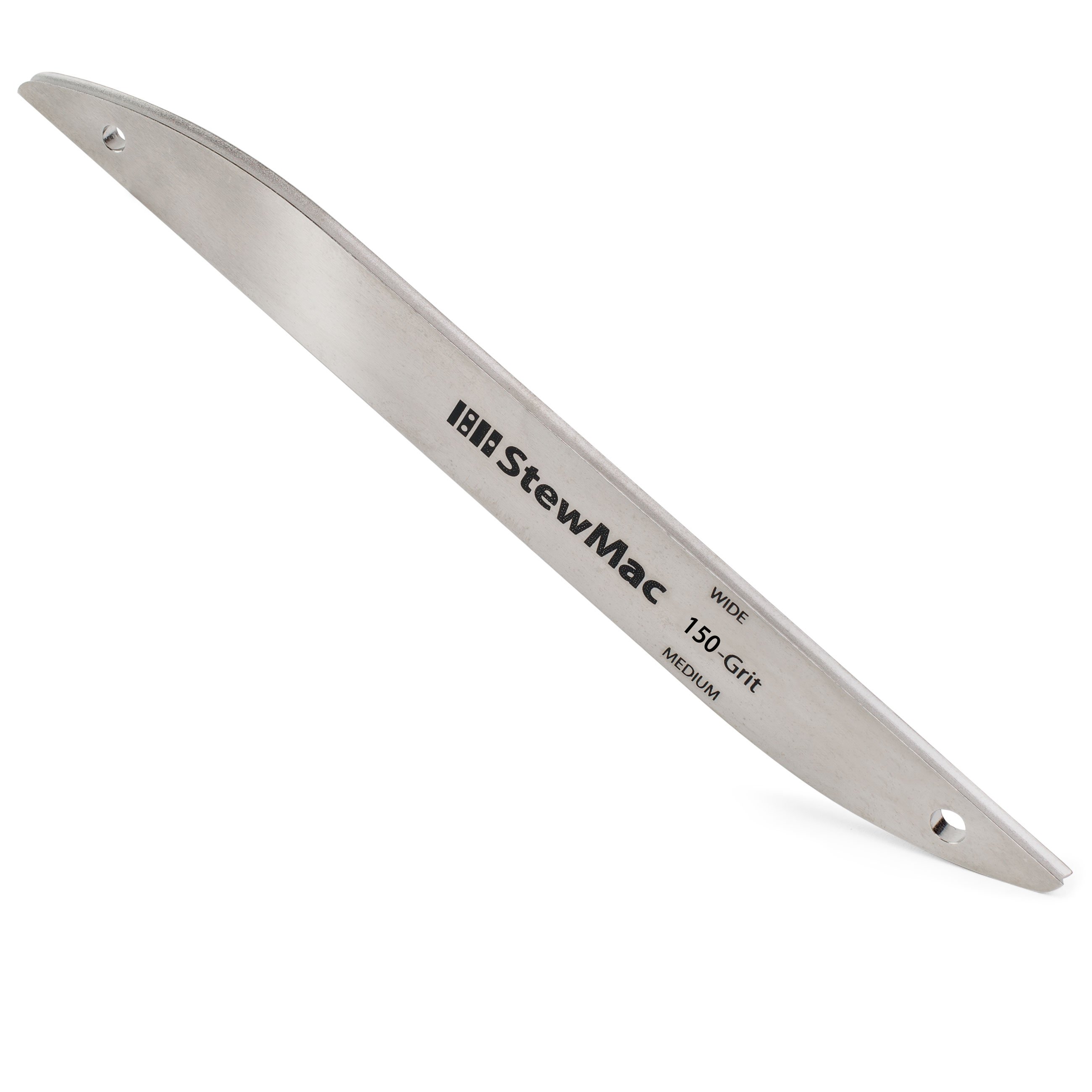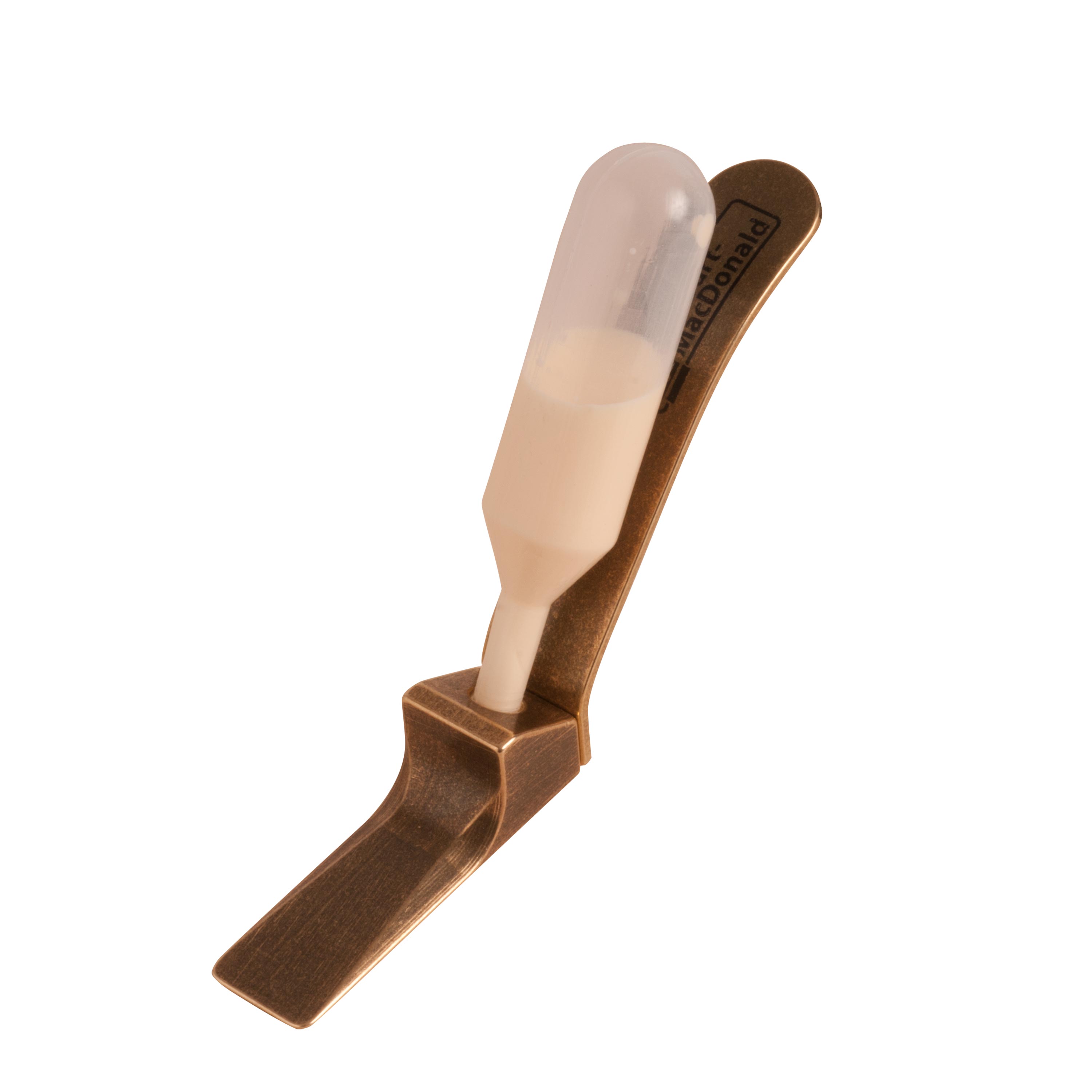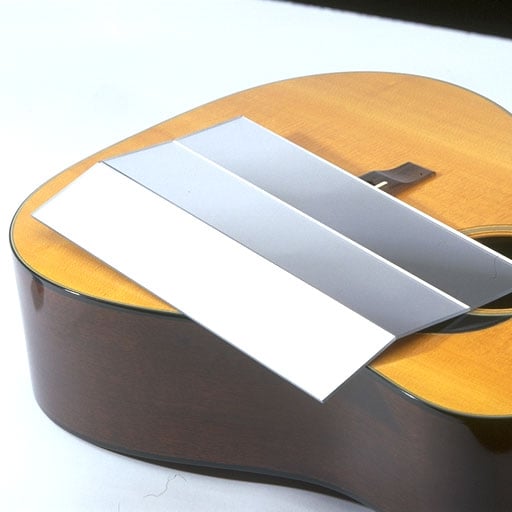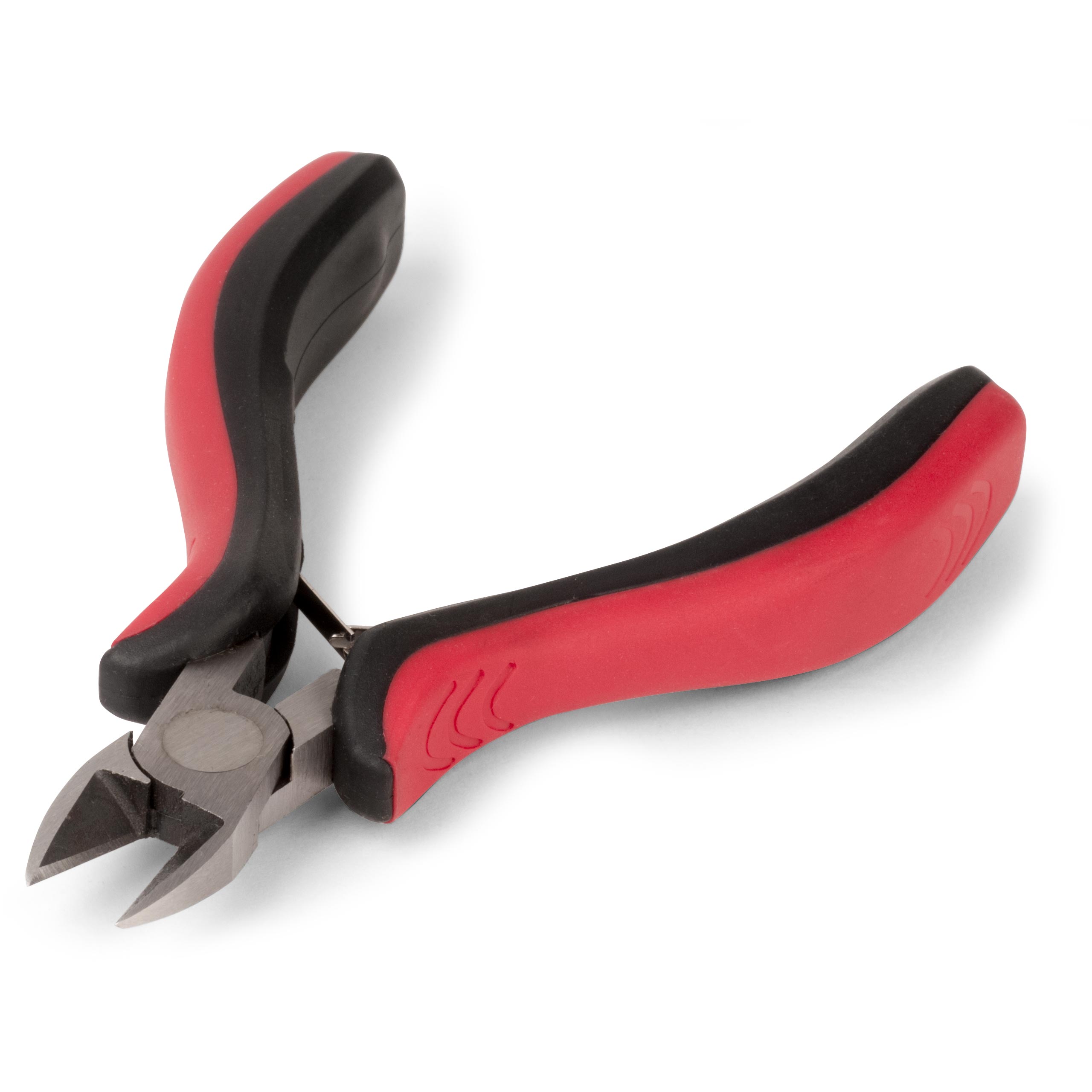Guitar repair tips from Ian Davlin, Lark Street Music
Issue 288 June 29, 2017
Ian Davlin shows Dan Erlewine an amazing peghead replacement on an oddball 1897 Adams guitar. Ian also shows how he files fret ends for playing comfort, and a neat trick for stringing up your guitar.
About the guitar in this video: The 1897 Adams guitar actually has a label with a serial number! It's #2000, and a note inside says this oddly-proportioned guitar was a prototype.
- Ian's custom, Q-Tip-powered squeezeout cleaner!
- Rounding the fret ends means comfortable playing
- Replacing a 120-year old peghead
Video Transcription
[on-screen text reads: Guitar repair tips from Lark Street Music - StewMac]
Dan Erlewine: I visited Buzzy Levine's Lark Street Music in Teaneck, New Jersey, where I [on-screen text reads: Dan Erlewine, Guitar Repairman and Author] met his chief repair man, Ian Davlin. That store is loaded with the most vintage stuff I've ever seen. It's been around a long time. While I was there, I used my iPhone to take some videos and bring them back to you. The first one is Ian Davlin rounding and taking off the burrs on the ends of frets using the really old diamond fret file from at least 20 or 25 years ago. And it's kind of a thrill to see a tool last that long. Today's version's a little bit different in shape. It's called Offset [on-screen text reads: Offset Diamond Fret File - stewmac.com] because you can get higher up off the frets when you're up by the body. Your knuckles don't hit. I think I'll have to send one of these to Ian for his birthday.
How to round fret ends
Ian Davlin: This is Ian Davlin, Repair Staff from Lark Street Music. I'm going to show you how I do fret ends with a StewMac Diamond Fret File.
Dan Erlewine: How long have you had that file?
Ian Davlin: I've had this since 1993.
Okay, so after the filing, we're going to take the burr off that is produced by the filing edge. We're also going to roll it just a little bit to make it more comfortable. And I do this with the diamond file and it's more of a rolling motion. So I'm going over the top of the fret like such and it's putting that nice round on there.
Dan Erlewine: It's a little hard to see on an iPhone video, but what he's doing here is knocking off the sharp edges that you can feel with your hand as you play and rounding off the end of that fret at the same time because of the shape of the file. When you're gluing braces in an acoustic guitar, it's tricky to clean up the glue squeeze out. Ian has a great tip for this.
Q-Tip trick for cleaning up squeeze out
Ian Davlin: All right, so when you're regluing braces, you're going to get squeeze out and it's going to get hard to get to with all your clamps in the way and everything. So what I do is a copper rod, dowel. Hole in the dowel. Q-tip goes in the hole. Q-tip goes into the glue pot. You come in here, get in there, and get your glue squeeze out out. And the nice thing about this is you can bend it. You can bend it into any configuration that you want to get into any spot of the guitar. You can even get it figured out to where you can come back in and get the backside of a bridge plate if you want.
Replacing a 120 year old peghead
All right, so this is an Adams Brothers guitar from 1897. Inside of the guitar, there's an inscription that says this was their 2000th guitar and it was the first one of this dimension that they made. It was kind of, I think a one-off deal. Not much is known about the Adams guitars, but this one had a headstock that was in such disrepair that the headstock actually just needed to be replaced. Normally I re-glue headstocks and it's pretty standard guitar repair, but this one was just damaged beyond any salvaging. So we replaced the headstock.
Dan Erlewine: That's the joint in that area?
Ian Davlin: Yep, that's the joint.
Dan Erlewine: There's the joint in here. Boy, that's a good touch up of grain work in there. There's an angled scarf joint there. Perfectly grain matched.
Great method for stringing a guitar
If you've never seen this method of putting strings on a guitar, watch Ian. This is a method that he learned from his teacher, Ken Cartwright in Salem, Oregon.
Ian Davlin: So I see a lot of different string change techniques and a lot of people will come out a certain distance past the string post and give it a snip. Or sometimes they'll give it a little bit of snap slack and wind it up. But the thing that I do is I give it the wraps that I want. Three wraps for the G string. Let's take it through the hole. Give it a little snug pull and then you're up to pitch. Thanks, Ken. It served me well.





